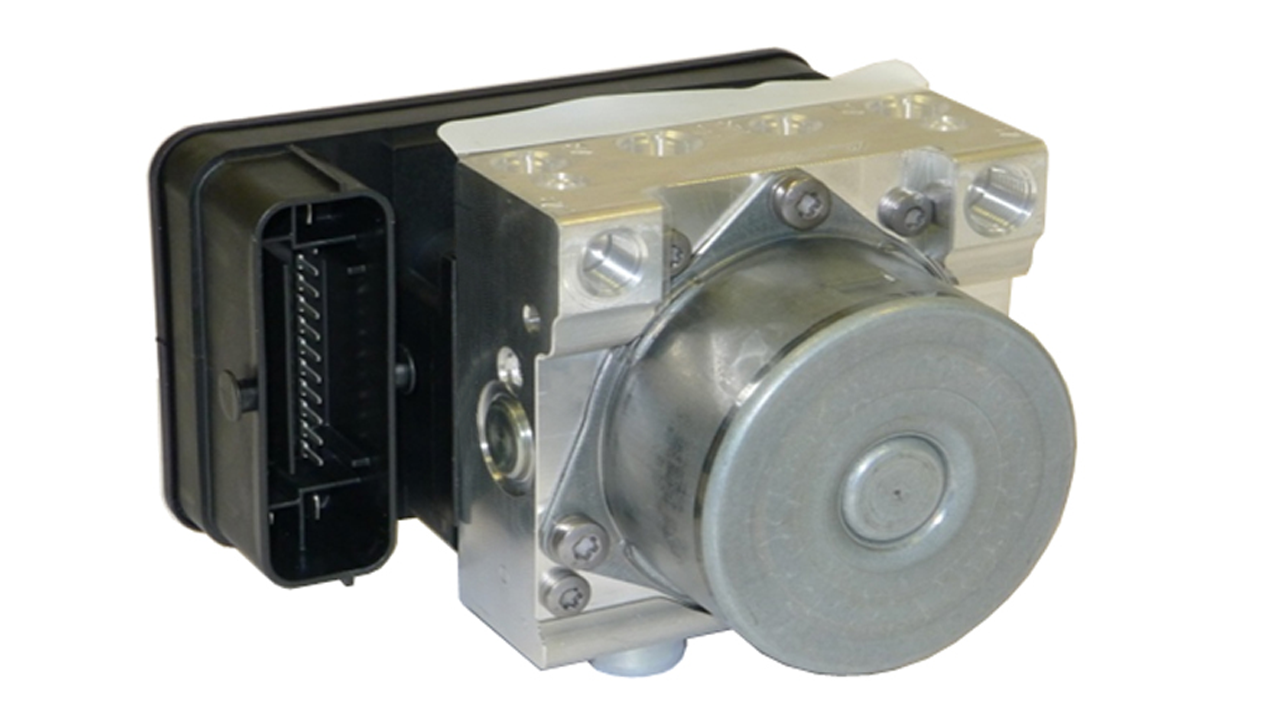Since 1973 when Volvo company implemented and provided experiments to show the world that strapping someone into their car seat can help drastically reduce injuries during a collision, every car company has since continued to make driver and passenger safety a priority in variety of ways, such as air-bags, BLIS, TRC, EBD and ABS technology.
ABS was first developed for planes and aviation, then began being developed for motor vehicles throughout the 1980’s. ABS has become compulsory for all new vehicles manufactured in most countries since 2000, due to the fact that it can drastically decrease the chances of an avoidable accident, and increasing the chance of avoiding an obstacle which may contribute to an accident.
A common myth about ABS is that ABS directly decrease the stopping distance, the truth is that ABS does not do this, but instead it locks and unlocks the tyre up to 100 times a second, thus allowing the car to maintain traction in order to steer away from the obstacle that initially caused the heavy braking. A pair of locked front tyres will only cause the car to continue straight into the obstacle and cause a collision, as locked tyres no longer offer the ability to steer. ABS is also seen as a compulsory foundation for TRC and EBD systems, which stands for Traction control and Electronic Brake Distribution.
When ABS, TRC and EBD are combined together, they make a car much safer, as ABS module works together with TRC system, detecting via sensors when the car is losing traction, or when the car is on the edge of losing traction, EBD will kick in and slightly touch one or more brakes, thus obtaining more traction preventing a spin-out or loss of control.
Since we are mainly talking about ABS, we shall explain further about ABS’s working principle. When an unexpected emergency stop is required and maximum braking effort is induced until the wheels will eventually lock up and skid. It is a relatively simple matter if we have ABS sensors on each wheel to detect the wheel suddenly stopping movement from a speed with momentum as such that an immediate stop is impossible. It is this moment when the car’s steering system is almost rendered useless, thus the driver is now effectively a passenger and has no control over the skidding car whatsoever.
If the brake pressure which is being applied through the brake fluid is pumped through all systems evenly as a result of the driver firmly planting his foot on the brake pedal, the only method to regain control is the brake pedal being released for an instant and the car’s brakes will be free the tyres and the car’s wheels can be used to steer the car again.
By releasing and reapplying the brakes, the car’s ABS system will prevent brake induced skid, enabling the driver to continue steering the car. This procedure happens and repeats more than 100 times a second when ABS technology is present, much more than the human body would be capable of doing. An example of ABS at the highest level is in the R34 Nissan GTR, which can lock and unlock the brakes up to 1000 times a second.
Since ABS systems are electronically controlled, it can be used to perform a lot of electronic wizardry to make the car faster or safer, or even both. ABS is now available as a standard feature on late model cars, and are a primary safety consideration when buying a used vehicle.
Some of the earliest cars with ABS however still had some problems, such as fluid overheating, lack of pedal feel / pressure, and below modern standard brake materials (brake pads). For this reason, considering a used vehicle from the year 2000 onwards is recommended when purchasing a car with ABS, as is fitting the car with new high temperature fluids and performance based brake pads immediately after purchase, this can be done from any local motor mechanic.
It is worth noting that statistically our chances of dying sky rockets to a few hundred percent the second we step into a car, so this safety system should and must be compulsory on cars in modern days, and you should always consider a vehicle with both ABS and front and passenger air-bags when purchasing a second hand vehicle, as these two safety devices have helped drastically lower the road toll worldwide and saved hundreds of thousands of lives already.
In today’s motor vehicles, especially for new young drivers, you really need to consider adopting at least some of the modern safety changes, the days of no air bags and standard brakes should be relegated to the classic and historic vehicle collector / enthusiast only.
Thanks to JMA Automotive Airport West for this articles technical information assistance.



